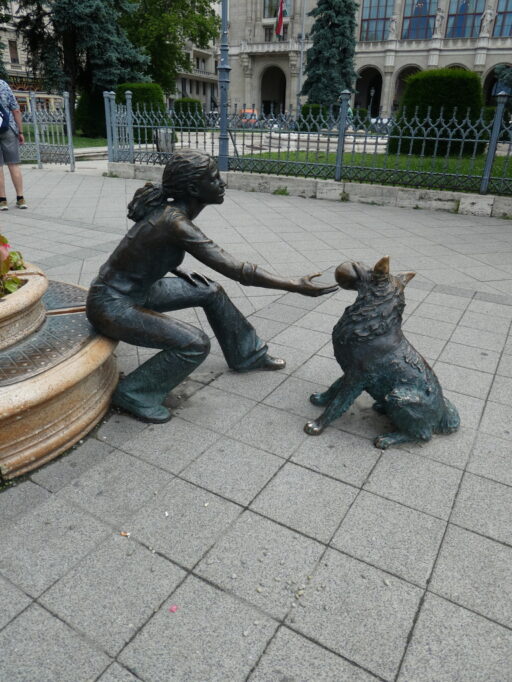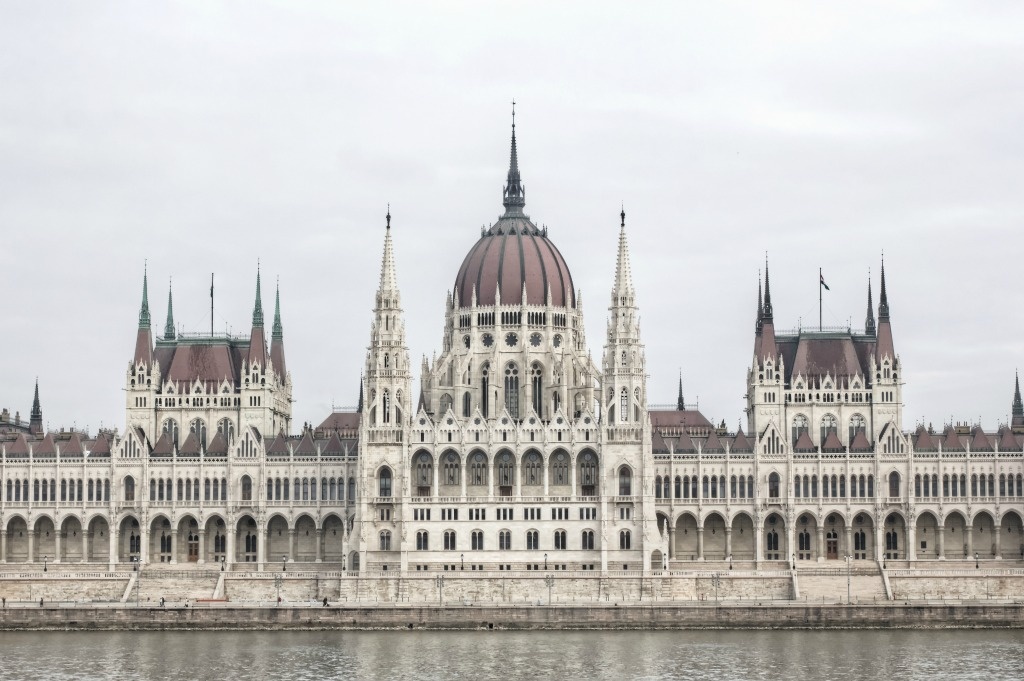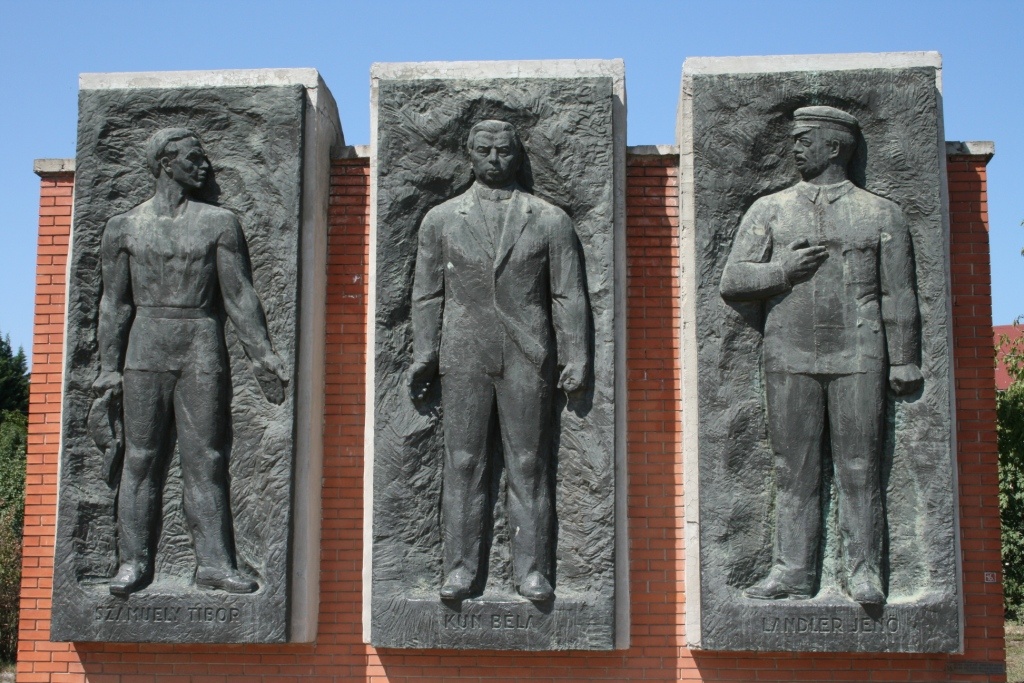HUNGARY
TRAVEL GUIDE
Discover the charm and beauty of Hungary, a captivating destination where history meets modernity. From the stunning architecture of Budapest’s Parliament Building and the serene waters of Lake Balaton to the traditional flavors of Hungarian cuisine, this travel guide unveils the country’s hidden gems and must-see attractions. Explore vibrant cities, picturesque countryside, and cultural treasures that will make you
Hungary Itineraries
Need To Know: How To Travel To Hungary
Travel to Hungary to experience its rich history, vibrant cities, and stunning landscapes. Delight in Budapest’s thermal baths, savor world-renowned cuisine, and explore charming towns like Eger and Szentendre. From breathtaking architecture to warm hospitality and unique festivals, Hungary offers unforgettable adventures for every traveler, blending tradition and modernity seamlessly.
Visa requirements for Hungary depend on your nationality. EU and Schengen Area citizens can enter visa-free. Travelers from many countries, including the U.S., Canada, and Australia, can stay up to 90 days without a visa. Others may need a Schengen visa. Check specific requirements before traveling to avoid issues.
The currency of Hungary is the **Hungarian Forint (HUF)**. Introduced in 1946, it is abbreviated as “Ft” in prices. Coins come in denominations of 5, 10, 20, 50, 100, and 200, while banknotes range from 500 to 20,000 Forints. Although Hungary is in the EU, it hasn’t adopted the Euro.
Hungary is generally affordable compared to Western Europe. Budget travelers can enjoy low-cost public transportation, reasonably priced accommodations, and inexpensive meals, especially outside Budapest. While tourist hotspots may be pricier, exploring smaller towns and local markets offers great value. Hungary is a fantastic destination for travelers seeking quality experiences without overspending.
Hungary is generally a safe travel destination with low crime rates and welcoming locals. Exercise standard precautions in crowded areas to avoid pickpocketing. The country’s efficient transport system and well-maintained tourist sites make it ideal for solo travelers and families. Always respect local customs to ensure a smooth and enjoyable trip.
Yes, tap water in Hungary is safe to drink and meets EU standards. However, some locals prefer bottled water due to taste or mineral content. In rural areas or old buildings, check for pipe conditions. For convenience, carry a reusable bottle and enjoy the country’s clean, accessible drinking water.
The traditional food of Hungary is hearty and flavorful, with iconic dishes like goulash, a paprika-spiced meat and vegetable stew, and lángos, fried dough topped with sour cream and cheese. Other favorites include stuffed cabbage, fisherman’s soup, and chimney cake for dessert. Hungarian cuisine showcases bold spices, particularly paprika.
Hungary Snapshot: How To Travel To Hungary
Travelling to Hungary
Hungary, situated in Central Europe, is renowned for its rich history, vibrant culture, and stunning landscapes. Budapest, the capital, is often the primary destination for visitors, offering a blend of historical grandeur and modern amenities. The city is split by the Danube River, with Buda’s hills and historic sites on one side and Pest’s bustling urban life on the other. Key attractions include the Buda Castle, Parliament Building, and the thermal baths, which provide a unique way to relax and experience local traditions.
Traveling to Hungary is convenient due to its central location and well-connected transport network. Budapest Ferenc Liszt International Airport serves numerous international flights, and the country’s extensive railway network links it to neighboring countries and major European cities. Visitors from the Schengen Area, the US, Canada, and many other countries can enter Hungary visa-free for short stays.
Within Hungary, public transport is efficient, with a comprehensive network of buses, trams, and metro lines in Budapest, and reliable train services to other cities and towns. Renting a car is also a popular option for exploring rural areas and scenic regions like Lake Balaton, the largest lake in Central Europe, and the wine regions of Eger and Tokaj.
How to Plan a Trip to Hungary
Planning a trip to Hungary involves several key considerations to ensure a rewarding experience. Start by deciding on your primary destinations. Budapest is a must-visit, but also consider cities like Debrecen, Szeged, and Pécs, each offering unique attractions. Nature lovers might explore Lake Balaton, the Bükk Mountains, or the Hortobágy National Park, a UNESCO World Heritage site known for its stunning landscapes and traditional Hungarian horsemanship.
The best time to visit Hungary is during the spring (April to June) and autumn (September to October) when the weather is pleasant, and tourist crowds are thinner. Summer (July to August) is also popular, especially for enjoying outdoor activities and festivals, but be prepared for higher temperatures and more tourists.
Accommodation options range from luxury hotels and boutique guesthouses to budget hostels and vacation rentals. Booking in advance is advisable, particularly during peak tourist seasons and major events like the Budapest Spring Festival or the Sziget Festival, one of Europe’s largest music festivals.
Consider purchasing a Budapest Card for access to public transport and discounts at museums and attractions. Learning a few basic Hungarian phrases can enhance your experience, although English is widely spoken in tourist areas. Ensure you have travel insurance, and familiarize yourself with local customs and etiquette for a smooth and enjoyable trip.
Hungarian Food
Hungarian cuisine is famous for its rich flavors, hearty dishes, and extensive use of paprika. Traditional Hungarian food reflects a blend of Central European, Ottoman, and Slavic influences, resulting in a unique and diverse culinary tradition. One of the most iconic Hungarian dishes is goulash (gulyás), a robust soup or stew made with beef, onions, potatoes, and paprika, often served with fresh bread.
Another staple is chicken paprikash (csirkepaprikás), which features tender chicken pieces cooked in a creamy paprika sauce, typically accompanied by dumplings (nokedli). For a taste of Hungarian comfort food, try lángos, a deep-fried dough topped with sour cream, cheese, and garlic, often enjoyed as a street food snack.
Hungary is also renowned for its pastries and desserts. Dobos torte, a layered sponge cake with chocolate buttercream and caramel, and kürtőskalács, a sweet, cylindrical pastry known as chimney cake, are must-tries.
Hungarian wine, particularly from regions like Tokaj and Eger, is celebrated worldwide. Tokaji Aszú, a renowned sweet wine, is often referred to as the “Wine of Kings”. Pálinka, a traditional fruit brandy, is another distinctive Hungarian beverage, enjoyed both as an aperitif and a digestif.
Culture and Religion
Hungary’s culture is a rich tapestry of traditions, arts, and historical influences. Hungarian culture boasts significant contributions to music, literature, and the visual arts. Renowned Hungarian composers like Franz Liszt and Béla Bartók have left a lasting impact on classical music, while Hungarian literature features notable figures such as Sándor Márai and Imre Kertész, a Nobel laureate.
Religion plays a vital role in Hungarian society, with Roman Catholicism being the predominant faith, followed by Protestantism and Eastern Orthodoxy. Religious festivals, particularly Easter and Christmas, are widely celebrated and involve numerous customs, including church services, festive meals, and traditional decorations.
Hungarian folklore and traditions are vividly preserved in music, dance, and craftsmanship. Folk music, often characterized by the use of violins and cimbaloms, and traditional dances like the csárdás, play an integral part in cultural celebrations and festivals. Hungarian folk art is also prominent, with intricate embroidery, pottery, and wood carving showcasing the country’s artistic heritage.
Modern Hungary embraces a dynamic cultural scene, with numerous theaters, galleries, and music venues. Cities like Budapest host a range of cultural events, including the Budapest Spring Festival, the Budapest International Film Festival, and the annual F1 Grand Prix. These events reflect Hungary’s blend of historical richness and contemporary vibrancy, offering visitors a deep dive into its cultural life.
Safety and Dangers
Hungary is generally a safe destination for travelers, with a low crime rate and a reputation for hospitality. Most visits are trouble-free, but it is always wise to take standard precautions to ensure a safe trip. Petty crime, such as pickpocketing and bag snatching, can occur, especially in crowded tourist areas, public transportation, and busy markets. To minimize risk, keep your belongings secure, avoid displaying valuables, and be cautious in crowded places.
Budapest and other major cities are well-patrolled, but it’s advisable to stay aware of your surroundings, particularly at night. Use reputable taxi services or ride-hailing apps to avoid potential scams with overcharging.
Hungary’s road network is well-maintained, but driving can be challenging due to aggressive driving habits and occasional poor signage. Always adhere to local traffic laws, wear seat belts, and avoid driving under the influence of alcohol, as penalties are severe.
Natural hazards in Hungary are minimal, but if you plan to hike or explore natural areas, ensure you are well-prepared and informed about local conditions. Hungary’s healthcare system is of a good standard, and emergency services are efficient. Carry travel insurance to cover any medical expenses and familiarize yourself with basic health precautions.
Overall, Hungary is a welcoming and relatively safe destination, offering a rich cultural experience with minimal risks for travelers.



